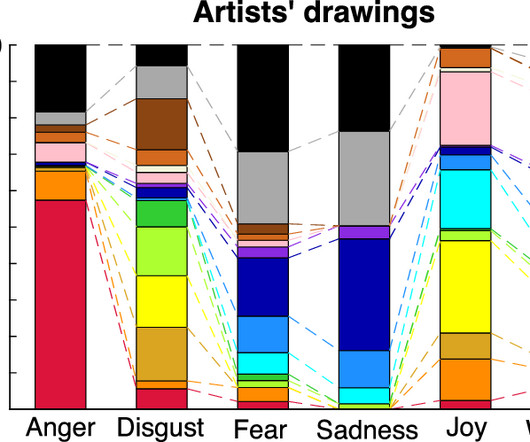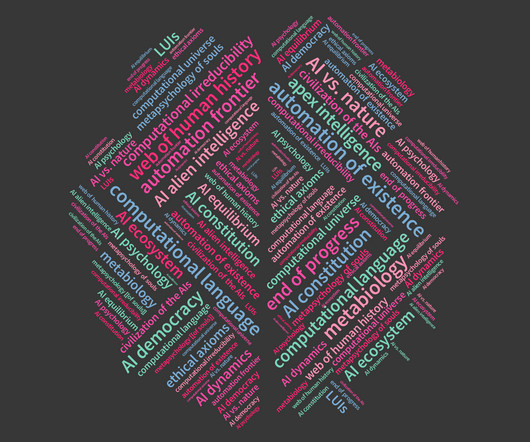Are there ‘rules’ for conveying emotion through art?
Futurum
SEPTEMBER 26, 2023
Published: While art and science are often separated in academia, there is a lot to be learnt by considering them together. However, the skills learnt from subjects such as mathematics and physics are everlasting and applicable to many different fields. Are there ‘rules’ for conveying emotion through art?













Let's personalize your content